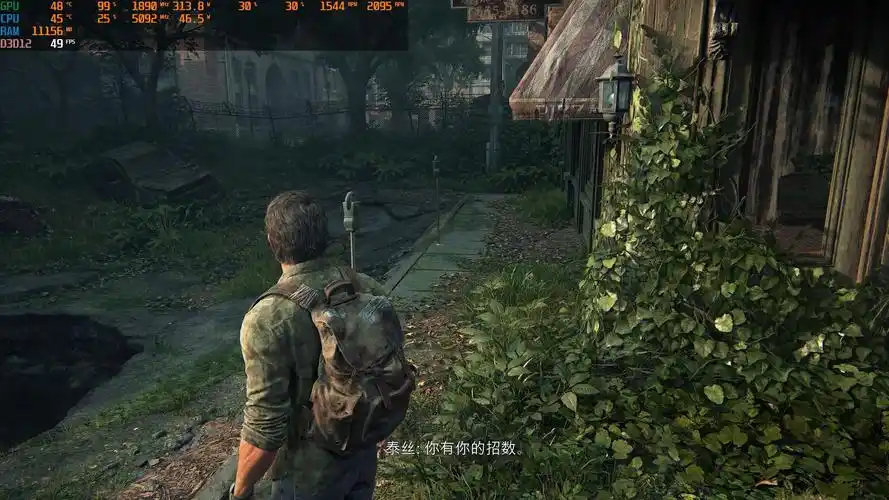Spear Fighting: Throwing and Melee – The Art of the Ancient Weapon
Introduction
The spear is one of the oldest and most versatile weapons in human history. Used for both hunting and warfare, it has been a primary tool for survival and combat across countless civilizations. Spear fighting encompasses two main techniques: throwing (ranged combat) and melee (close-quarters combat). Each method requires distinct skills, strategies, and physical conditioning. This article explores the fundamentals, historical significance, and modern applications of spear fighting.
1. Historical Significance of the Spear
The spear dates back to prehistoric times, with early humans crafting sharpened wooden shafts for hunting. As civilizations advanced, so did spear designs—metal tips replaced stone, and longer shafts improved reach.
Key Historical Uses:
- Ancient Greece: The hoplites used the dory, a long thrusting spear, in phalanx formations.
- Roman Legions: The pilum was a throwing spear designed to bend upon impact, disabling enemy shields.
- Medieval Warfare: Knights and infantry used spears and polearms like the halberd for versatility in battle.
- African & Asian Warfare: The Zulu assegai and Japanese yari were optimized for both throwing and melee combat.
The spear’s simplicity, reach, and lethality made it a dominant weapon until the widespread use of firearms.
2. Throwing Spears: Precision and Power
Throwing a spear effectively requires balance, accuracy, and proper technique. Unlike melee combat, throwing relies on a single decisive strike.
Techniques for Throwing Spears:
- Overhand Throw: The most common method, where the spear is thrown with an overhead motion for maximum force.
- Underhand Throw: Used for shorter distances, providing a quick, controlled release.
- Javelin Throw: A specialized athletic technique emphasizing distance and speed.
Key Factors for Effective Throwing:
- Grip: A firm but flexible hold ensures stability.
- Stance: A balanced posture with weight shifting forward during release.
- Follow-Through: The arm should extend fully to guide the spear’s trajectory.
Modern Applications:
- Sport Javelin: A competitive track and field event.
- Hunting: Some traditional hunters still use throwing spears for game.
- Survival Training: Military and wilderness programs teach spear throwing for self-defense.
3. Melee Spear Combat: Control and Versatility
Melee spear fighting focuses on thrusting, parrying, and footwork. Unlike swords, spears provide superior reach, making them excellent for defensive and offensive maneuvers.
Basic Melee Techniques:
- Thrusting: A direct forward stab, targeting vital areas.
- Sweeping: Using the shaft to knock opponents off balance.
- Blocking: Deflecting attacks with the spear’s length.
Stances and Footwork:
- High Guard: The spear is held overhead for downward strikes.
- Low Guard: The spear points forward, ready for quick thrusts.
- Side Stance: Allows for lateral movements and sweeping attacks.
Historical and Modern Training:
- European Martial Arts (HEMA): Revives medieval spear techniques.
- Asian Martial Arts: Styles like Sojutsu (Japanese spear fighting) teach disciplined forms.
- Reenactments: Historical battle recreations keep spear combat alive.
4. Comparing Throwing and Melee Spear Fighting
| Aspect | Throwing Spear | Melee Spear |
|---|---|---|
| Range | Long-distance | Close-quarters |
| Technique | One-time strike | Continuous combat |
| Best For | Ambush, hunting | Dueling, formations |
| Disadvantages | Limited reuse | Requires space to maneuver |
While throwing spears are ideal for surprise attacks, melee spears offer sustained combat utility. Some warriors, like Roman legionaries, carried both types for adaptability.
5. Training for Spear Fighting Today
Modern enthusiasts can learn spear combat through:
- Martial Arts Schools (e.g., Kendo, HEMA)
- Historical Reenactment Groups
- Survival and Bushcraft Courses
Essential Training Tips:
- Strength & Conditioning: Build arm and core strength for powerful thrusts and throws.
- Sparring Practice: Engage in controlled combat to refine reflexes.
- Weapon Maintenance: Keep the spear shaft smooth and the tip sharp.
Conclusion
Spear fighting remains a fascinating blend of history, skill, and strategy. Whether thrown with precision or wielded in close combat, the spear’s legacy endures in martial arts, sports, and cultural traditions. By mastering both throwing and melee techniques, practitioners connect with ancient warriors while honing a timeless combat art.
Final Thought:
"The spear is more than a weapon—it is an extension of the warrior’s will."

Tags: #SpearFighting #MartialArts #HistoricalCombat #ThrowingSpear #MeleeCombat #AncientWeapons #HEMA #Sojutsu #JavelinThrow #WarfareHistory
Would you like any modifications or additional details on specific techniques?


















